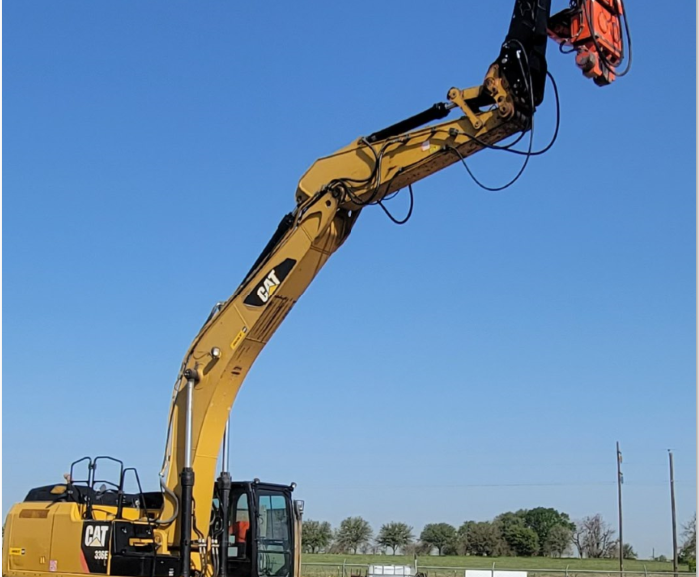Variable moment vibratory hammers represent a significant advancement in construction equipment, offering enhanced efficiency and precision in foundation installation. Understanding their inner workings is essential for maximizing their potential and optimizing construction processes.
Principles of Operation
Variable moment vibratory hammers are hydraulic-driven machines designed to drive sheet piles, H-piles, and other types of foundation elements into the ground. Unlike traditional vibratory hammers, which operate at a fixed moment, variable moment vibratory hammers allow for adjustable vibratory frequencies and amplitudes, enabling operators to fine-tune the driving force according to soil conditions and pile characteristics.
At the heart of a variable moment vibratory hammer is a hydraulic power unit that generates the necessary force to drive the pile into the ground. This power unit is connected to an eccentric weight system, which produces the vibratory motion required to penetrate the soil. By adjusting the hydraulic flow and pressure, operators can control the frequency and amplitude of the vibrations, optimizing performance and minimizing energy consumption.
Key Components and Features
Variable moment vibratory hammers consist of several key components, each playing a crucial role in their operation:
1. Hydraulic Power Unit: Provides the hydraulic pressure and flow required to drive the pile and control the vibratory motion.
2. Eccentric Weight System: Generates the vibratory motion by rotating eccentric weights at high speeds, inducing dynamic forces that penetrate the soil.
3. Clamp or Clampshell: Secures the pile during driving and ensures proper alignment and stability.
4. Control System: Allows operators to adjust the vibratory frequency, amplitude, and moment settings for optimal performance.
5. Monitoring Sensors: Provide real-time feedback on driving conditions, soil resistance, and pile penetration depth, enabling operators to make informed adjustments.
Variable moment vibratory hammers offer several advantages over traditional vibratory hammers and impact drivers:
- Enhanced Versatility: Variable moment vibratory hammers can adapt to a wide range of soil conditions and pile types, making them suitable for various construction projects, including urban environments, soft soils, and restricted access sites.
- Improved Efficiency: By adjusting the vibratory frequency and amplitude to match soil conditions, variable moment vibratory hammers can achieve faster pile driving rates and reduce energy consumption compared to fixed-moment hammers.
- Reduced Environmental Impact: The precise control offered by variable moment vibratory hammers minimizes soil disturbance and vibration, reducing the risk of damage to nearby structures, utilities, and environmentally sensitive areas.
- Operator Comfort and Safety: Variable moment vibratory hammers feature advanced control systems and monitoring sensors that enhance operator comfort and safety during operation, reducing fatigue and the risk of accidents.
Applications and Considerations
Variable moment vibratory hammers are widely used in various construction projects, including building foundations, bridge abutments, marine structures, and retaining walls. When selecting a variable moment vibratory hammer for a specific project, several factors should be considered, including soil conditions, pile size and type, access constraints, and environmental regulations.
In conclusion, variable moment vibratory hammers are versatile and efficient tools that have transformed the way foundations are installed in construction projects. By understanding their principles of operation, key components, and features, construction professionals can harness the full potential of variable moment vibratory hammers to achieve faster, safer, and more cost-effective pile driving operations.
Variable Moment Vibratory Hammer | how they work
The article explores variable moment vibratory hammers as hydraulic-driven tools used in construction for driving sheet piles and H-piles into the ground. They offer adjustable vibratory frequencies and amplitudes to suit different soil conditions and pile types, enhancing versatility and efficiency. Key components include a hydraulic power unit, eccentric weight system, clamp, control system, and monitoring sensors. These hammers optimize construction processes, ensuring precise and effective foundation installation.
